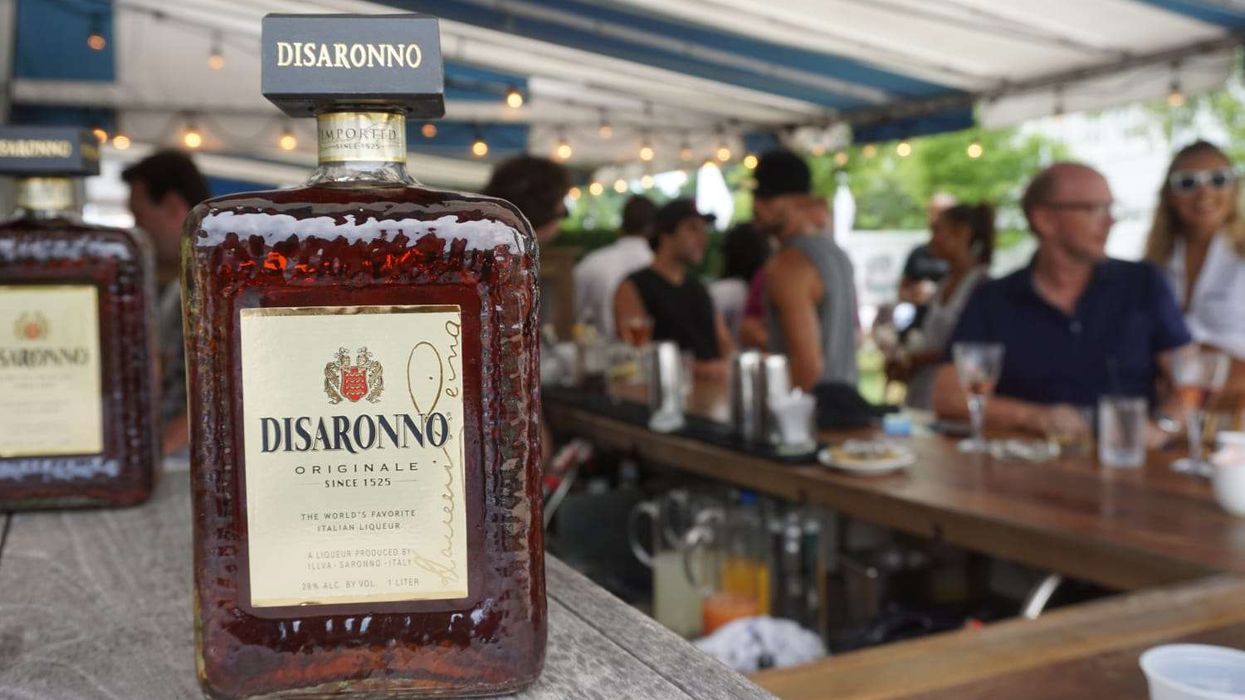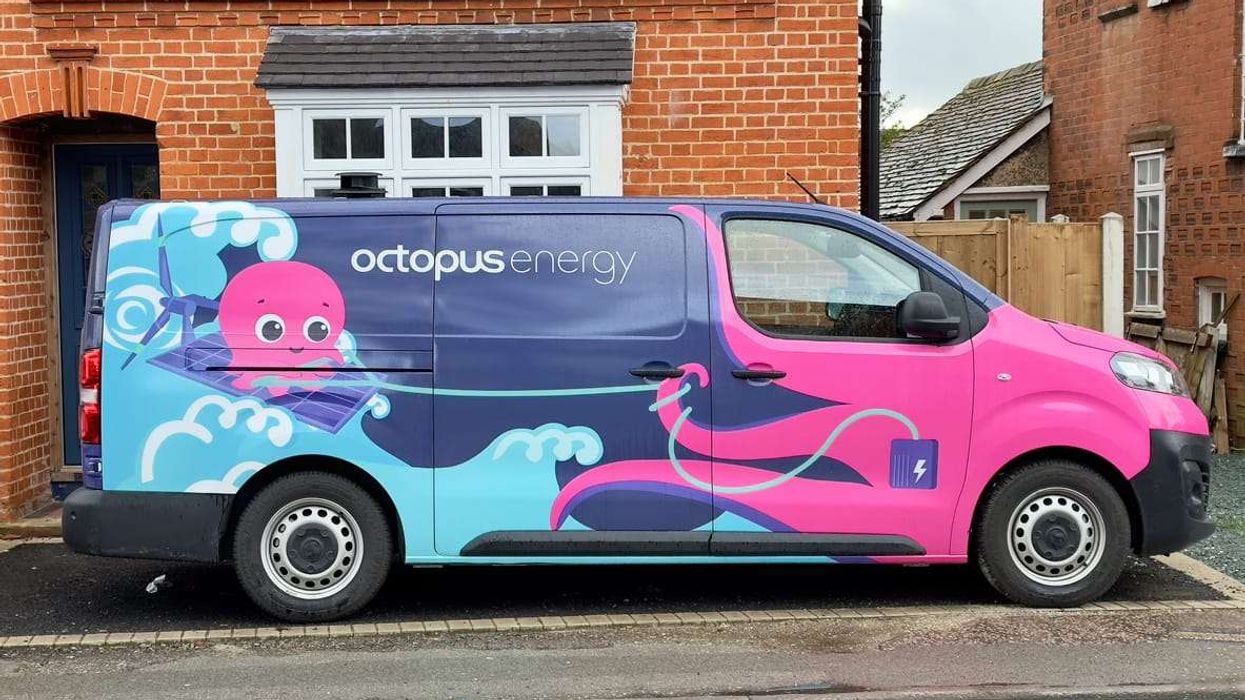SCOTLAND YARD has revealed that a disproportionately high number of people from black, Asian and ethnic minority backgrounds were being fined or arrested for lockdown breaches, prompting allegations of racial bias.
Data released on Wednesday (3) showed that the Metropolitan Police said it had issued 973 fines, or fixed penalty notices (FPNs), between March 27 and May 14.
Black people -- who account for 12 per cent of London’s population --received 253 fines, reflecting 26 per cent of FPNs.
Those categorised as Asians -- who make up 18 per cent of the capital city's population -- received 220 fines reflecting 22.6 per cent of FPNs.
These figures stood against 444 fines for those categorised as white British -- 59 per cent of London’s population -- making up 45.6 per cent of the FPNs.
"When compared with the composition of the resident population, higher proportions of those in black and minority ethnic (BAME) groups were issued with FPNs or arrested across London as a whole," the Met Police said.
"The reasons for this are likely to be complex and reflect a range of factors. This includes interactions between the areas subject to significant proactive policing activity targeting crime hot-spots and both the variation in the age-profile and geographical distribution of ethnic groups in London."
In an analysis for the Guardian, Dr Krisztián Pósch, a crime science lecturer at University College London, said: “Compared to their share of the population, people from a black ethnic minority were 2.17 times more likely to receive a fine and Asians around 26 per cent more likely. In comparison, whites were 23 per cent less likely to be fined.”
Of a total of 711 arrests made in connection with Covid-19 legislation, the largest group of arrested people were white at 38 per cent, followed by blacks at 31 per cent and 14 per cent Asians.
When taken just in terms of total numbers without proportionality, more white people received FPNs or were arrested than other individual ethnic groups.
Former Met superintendent Leroy Logan told the newspaper that he could not "discount that these figures exhibit a racial bias, because practically everything the Met does has a racial bias".
"The Met is still institutionally racist and the use of Covid powers is part of this" he said
Katrina Ffrench, of the NGO StopWatch, said: "The numbers are clear. Black and Asian people are disproportionately being given fines in comparison to their white peers. This ethnic disparity must be addressed and officers made to account for their decisions."
Since mid-May, the minimum fine for a Covid-19 law breach in England increased from £60 pounds to £100, reducing if paid within 14 days.
In its report reflecting the first detailed analysis of the new coronavirus legislation brought in as the UK went into lockdown on March 23, the Met Police said it had adopted a "proportionate approach" to the enforcement of breaches of the Covid-19 legislation from the outset.
It said it had set out to “engage, explain and then encourage” people to adhere to the regulations and it was only when this approach has been unsuccessful that enforcement was resorted to.
The vast majority of coronavirus fines and arrests in London have involved young men, and officers found a "strong correlation to hot weather and holiday periods contributing to people being out" in the early stages of the lockdown.
Met Police Assistant Commissioner Mark Simmons said: "Our aim has been to protect London, and not to unnecessarily criminalise where we can avoid it. We have seen, overall, good compliance when we have intervened, meaning in most cases the need for issuing a fixed penalty notice or arrest has been unnecessary.
"However, as well as playing our part in protecting London from the spread of Covid-19, throughout this period the Met has been determined to remain proactive and target those involved in violence and wider criminality. We have seen police proactively undertaking patrols and targeting crime hot spots."
The Met Police statistics followed statistics released by the UK’s National Police Chiefs’ Council, which also showed racial disproportionality across England and Wales.











